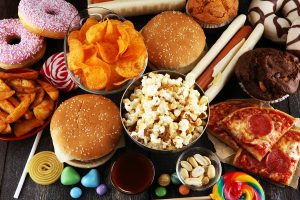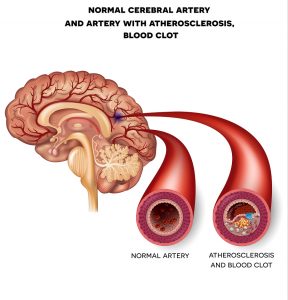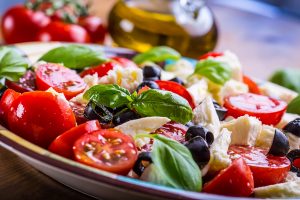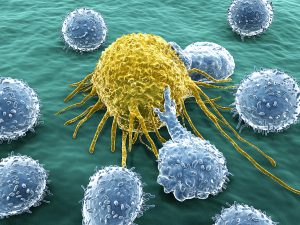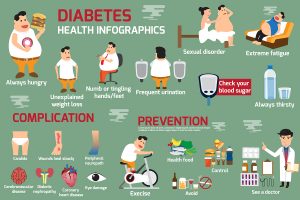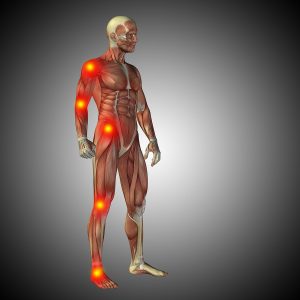A new study has shown that you can save lives when you replace red meat and processed red meat. The replacement was with fish, poultry or protein from vegetables. The study appeared in the British Medical Journal on June 12, 2019. It involved 53,553 women nurses and 27,916 male doctors in the United States and ran from 1986 to 2010. Every 4 years comprehensive diet sheets were compiled on each of the participants. Death rates of all of the clinical trial participants were also recorded. The amount of red meat or processed red meat servings, which the participants consumed per day was recorded. One serving of red meat is 3.5 ounces or 100 grams.
Results of the BMJ study
People consuming ½ a serving (50 grams) of red meat more per day over 8 years, had an increased mortality. It was increased by 9% over the following 8 years. Similarly, people consuming ½ a serving (50 grams) of processed red meat over 8 years, were in trouble. They had an increased mortality of 13% over the next 8 years. The researchers also found that when people ate less red meat and processed red meat, things normalized. Their mortality returned to a normal rate. Also, when people replaced red meat with fish, poultry and vegetables, the mortality figures went down as well.
Red meat consumption in the literature
The researchers reviewed the literature regarding disease risk and mortality with meat consumption. In particular, the researcher had an interest in increased red meat consumption and consumption of processed red meat. Other investigators mentioned that there was an increased risk of type 2 diabetes, colorectal cancer and other cancers. In addition, cardiovascular disease and increased overall mortality were up with meat consumption. The worst variety of processed foods are bacon, hot dogs, and sausages. Certain lung diseases like chronic obstructive pulmonary disease and heart heart failure are directly related to consumption of red meat or processed red meat products. Hypertension also has a link to red meat consumption. Components of red processed meats such as saturated fats, polycyclic aromatic hydrocarbons, preservatives and sodium can cause colorectal cancer and at the same time cause cardiovascular disease.
More details about the study
There were 8426 deaths among the nurses branch of the study. 3138 nurses died from cancer, 1774 from cardiovascular disease, 939 from neurodegenerative diseases, 751 from respiratory diseases, and 1824 from other causes. In the same time period (24 years) there were 5593 deaths among the males of the Health Professionals follow-up study. 1754 died from cardiovascular disease, 1754 from cancer. There were 434 deaths from respiratory diseases, 375 from neurodegenerative diseases, and 1276 from other causes.
Red meat consumption in women has decreased by 31% in the past 24 years. Men have cut back their red meat consumption by 11% in the same time period.
One subgroup of patients decreased their red meat consumption and replaced it with a higher intake of nuts, poultry (without skin), fish, dairy, eggs, whole grains and vegetables over 8 years. They had a lower death rate than the controls over the next 10 years.
Discussion of the BMJ study
The authors mentioned that a Japanese study found no increased mortality among 51,683 Japanese men and women eating red meat, poultry, processed meat and liver. There were 20,466 men and 31,217 women, aged 40-79 years. The study lasted for almost 16 years. There were 2685 deaths due 537 ischemic heart diseases and 1209 strokes. The investigators had traced how much meat the participants ate. They did not find any change in mortality up to 100 grams per day of beef or other meat consumption. I will discuss this further below.
Hormones and antibiotics may be partially responsible for higher mortality in the US
Dr. Valter Longo, professor of biological sciences at the University of Southern California and director of the USC Longevity Institute was not part of the study. He commented: “The lower or lack of association between red meat intake and mortality in other countries or areas of the world indicates that red meat may contribute to mortality in the United States by providing a high protein content but also because it may contain other factors that contribute to damage.“ He also questioned certain agricultural practices where hormones and antibiotics are in use in the raising of beef cattle in the US. This is not the case in Japan or Europe. He went on to say: “The reduced mortality, when red meat is replaced with fish, is consistent with this possibility since they contain generally similar levels of proteins”.
Use of antibiotics in cattle farming
The accepted practice of using antibiotics not only for treating infections, but also for accelerating growth in beef cattle has far-reaching ramifications. The problem is that use of antibiotics in milk cows produces milk with antibiotic residues. In beef cattle antibiotic residue are also in the meat of these cows.
The question arose whether or not the use of antibiotics in cattle would possibly cause resistance to antibiotics in humans. This publication examines this question. It comes to the conclusion that the probability of resistant strains of bacteria in humans as a result of the feeding of antibiotics to cows in the US would be small. However, there is another aspect that only recently has gained attention. It is the change of the gut biome in humans as a result of antibiotic residues from the standard agricultural practices of raising cattle.
Change of the human gut biome
Meat eaters have raised TMAO blood levels
The human gut flora can change for various reasons. But once it has changed, it often stays in an altered state. It is a permanent change in bowel flora that can cause chemical reactions in the gut with the consumption of beef and eggs. Beef contains carnitine, which can lead to the production of TMAO (trimethylamine N-oxide). Egg yolk contains choline, which also raises TMAO levels in the blood.
In the following study 113 healthy men and women consumed either a meat diet (beef), white meat diet or protein from non-meat sources. After one month the beef group had triple the amount of TMAO in their blood compared to the other two diets. Interestingly, when the diets were switched the TMAO levels normalized again in the former beefeaters when consuming white meat or protein from non-meat sources.
Changed gut flora causes raised TMAO levels
The use of antibiotics as growth promoters in the US beef industry is the standard practice for raising beef. But this has led to antibiotic residues that are detectable in the laboratory. When a person eats beef that is contaminated with antibiotic residues, the bowel flora loses its diversity of bacteria in the gut. This leads to an accumulation of other bacteria that produce TMAO in the presence of beef or egg yolk and can cause cardiovascular disease on the one hand and cancer on the other. This happens over time.
Discussion
The answer as to why US beef is causing colorectal cancer and cardiovascular disease is directly related to the practice of using antibiotics as growth promoters. The use of antibiotics in the beef industry leads to a change in the gut flora in humans consuming this meat. Bacteria that can produce TMAO are now having the upper hand. In the US people produce more TMAO in response to beef consumption as the study mentioned has shown. The Japanese study cited above showed no sign of cardiovascular mortality when people consumed up to 100 gram (one serving) of meat per day over 16 years.
Antibiotics as growth promoters outlawed in Japan and Europe
The reason is that in Japan, as well as in Europe the use of antibiotics as growth promoters are illegal. When humans consume meat in Japan or Europe the original gut flora stays intact with no production of TMAO. Incidentally, the same is true for organic grass-fed meat in the US, which has no antibiotic residues in it. Recently there was a publication from Denmark that suggested to replace some of the beef consumption by low mercury fish.The authors of that study said that this will reduce mortality from cardiovascular disease.
Conclusion
A new study in the British Medical Journal showed that an increase in red meat consumption of only ½ serving per day for 8 years caused an increased mortality of 9% over the following 8 years. With regard to processed red meat the mortality was even bigger, namely 13%. The researchers replaced some of the meat with white chicken meat or vegetables and the mortality normalized.
In contrast, a Japanese study showed that there was no increase in cardiovascular disease with the consumption of up to 100 grams of beef or other meat products over 16 years.
Using antibiotics as growth promoters illegal in Japan and Europe
I pointed out before that there is literature explaining why there is a discrepancy: the beef industry in the US feeds the animals antibiotics as growth promoters. This changes the bowel flora in humans who eat the beef. The changed bacterial strains in the gut use carnitine from beef and make trimethylamine N-oxide (TMAO). This is a toxin that causes both cardiovascular disease and cancer. This explains why in the US beef is one of the culprits that causes heart attacks and colorectal cancer. In Japan this is not the case. Both Japan and Europe do not use antibiotics as growth promoters in the cattle industry as it is prohibited.
In the US it is likely safe to eat organic meats (beef, chicken) as these meats will not contain antibiotics. Due to the numerous additives in processed red meat, it is still a sensible idea to skip these products!



